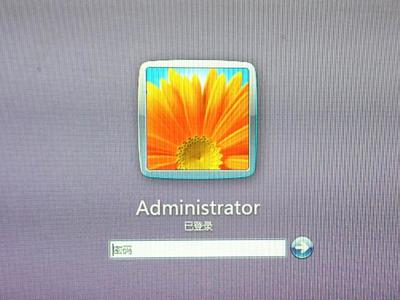"Education is not acommodity. Education is a social relationship." - Margolis
Why drama?
Let usbegin with the first question. Theatre artists have long dealt withasking themselves what the value is in defending and keepingtheatre programs alive in the face of rising costs - and in manycases a seeming loss of interest from the general public. Don'tbelieve me? Which would you rather do tonight, go see that newaction movie, or go out to a play? Most people have no problemdropping $10 in cash on an evening movie, but mention $5 theatretickets and they're immediately turned off. But live theatre in anysense of the word costs money, and play productions are expensive.Most community theatre survives on private donations and money fromestablishments like the National Endowment for the Arts. Ticketsales do virtually nothing to cover the expense of aproduction.
So whydrama in the classroom? Mention theatre, music, or dance to aschool official and likely the first thought across their mind issomehow related to budget cuts. Drama is, bottom line, seen as afluff subject by many people. What on earth could students possiblylearn from drama that is more beneficial than traditionalmainstream course work?
The useof theatre in the classroom both to teach subjects and to developpersonal skills in students is well documented, but seldomobserved. The broad term 'drama' covers a wide area of techniquesincorporating physical movement, vocal action, and mentalconcentration which traditional classrooms have lacked in quantityand combination in the past. Many teachers are already familiarwith the uses of skits - basically improvisations by students - toteach and reinforce material. Many teachers also find that studentshave a high interest in performing those skits in the classroom.While students will often show interest in these types ofactivities, teachers without a background in drama will often havea difficult time knowing how to approach the idea of teaching themmore in the classroom. In the same manner, a student who needsextra help or a new angle at learning a subject is oftenself-motivated to find a way to learn the material; howeverteachers lack the resources to offer the student.
In thebook Drama ofColor Saldaña discusses a study done by researchers Gourgey,Bosseau, and Delgado (1985) with lower socioeconomic Black andHispanic students in elementary school. After a six monthimprovisational drama project, gains were observed in vocabularyand reading comprehension. Survey results also suggested thatstudents also showed improvement in attitude areas including trust,self-accpetance, acceptance of others, and empowerment Anotherproject discussed in Saldaña's book was conducted by researchersShacker, Juliebo, and Parker (1993) in which third graders wereimmersed in a French language acquisition program with socialstudies through drama. The use of memorized playscripts assistedwith recall of French language months later.

Interestingly, many of the theories presented bychild researchers have supported child development through dramawithout ascribing that specific title to it. For example, at themost basic level interventionists and counselors have usedrole-playing and role-reversal for years as a means of mediationfor children trying to understand aspects of a conflict, yet thishas never been applied on a larger scale in the mainstreamclassroom. This simple solution is left as a last resort becauseteachers are unaware of its value in solving educationalproblems.
Thiswebsite is more than a resource for teachers looking for methods ofincluding drama in their classroom. It is an attempt to bridge thegap between traditional teaching and a sincere need within theclassroom for students to be able to develop and learn to theirgreatest potential, with respect to theories and examples set forthby experts in child development.
Before we get started with our discussion on how to create dramain your classroom, we need to cover the beginning aspects ofclassroom drama, including the things you want to avoid and promotein your classroom.
Thefirst issue we need to examine is the definitions we use,specifically the difference between theatre and drama. For the sakeof the discussions on this website, theatre pertains more toperformance work. The word should bring to mind images of plays andactors. Drama refers to shared elements used to explore ouremotions, our thinking, and to teach.*
THEATRE | DRAMA |
Stage | Classroom, Playing Area, Space |
Scenery | Environment, Setting |
Actors | Students, Participants, Players,Teacher-in-Role |
Director | Teacher, Leader, Facilitator, Artist-Teacher |
Play Script | Scenario, Story, Material, Idea |
Rehearse | Practice, Work On, Experiment With, Explore |
Perform | Share, Show, Play Out, Dramatize, Improvise Thedifference between the two terms becomes very clear when laid outlike this. Remember that these are not universal definitions; theyare simply the way we will address drama and theatre here. When wetalk about using drama in traditional classroom setting we are nottalking about creating a play for a performance, the focus is noton the final product. Later we'll look at some sample lesson plans,but for now the focus should be on learning the basics. If you'venever worked with improvisational work before, there are some basicrules of thumb to keep in mind. Thefollowing are the basic steps you should use in writing your lessonplan:
Theseare only the very basic rules, laid out to give you a rough idea ofhow to begin. Teachers should never feel bound to them, eachclassroom is unique and will require a different managementtechnique. |
 爱华网
爱华网



